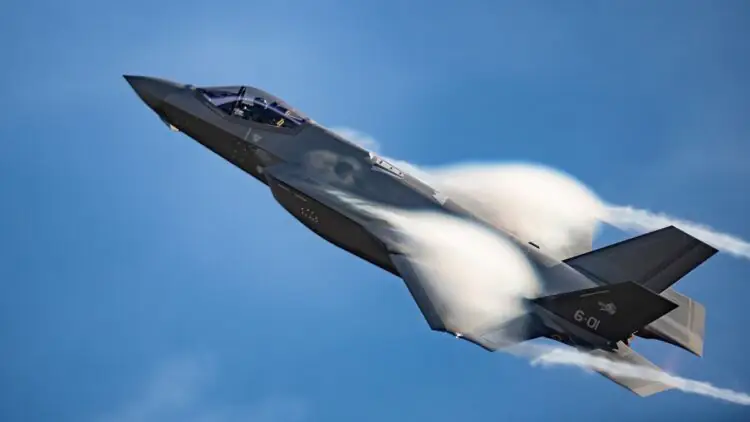The Pentagon’s proposed budget for the 2026 fiscal year is entirely focused on funding the sixth-generation stealth fighter F-47 for the U.S. Air Force. Meanwhile, the Navy’s plans to develop the next-generation carrier-based fighter, the F/A-XX, have been effectively postponed. Officials cite concerns that the country’s defense industrial base cannot handle the simultaneous development and production of two different next-generation fighters. Additionally, there is a significant reduction planned in the procurement of the stealthy multirole F-35 aircraft – more than halving the numbers. This shift aims to reallocate resources toward upgrading existing F-35s and maintaining the current fleet.
Senior Pentagon representatives informed TWZ and other media outlets about the 2026 budget proposal, which was released quietly after a considerable delay, marking a notable departure from previous years.
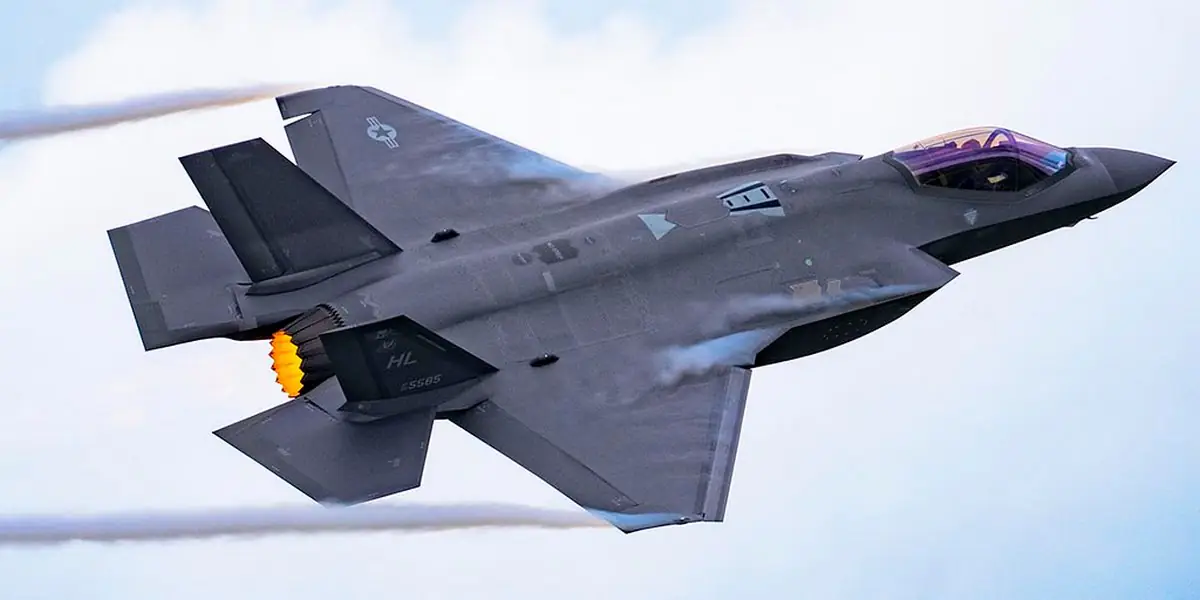
“The F-47, the first crewed sixth-generation fighter, is allocated $3.5 billion for development according to a decision made by President Trump in March 2025, which extended Boeing’s program,” said a senior Pentagon official. He added that the Navy’s F/A-XX program will receive minimal funding to keep the project viable and prevent a simultaneous loss of engineers from the defense industry. Defense Secretary Pete Hegset officially announced the $3.5 billion figure during a congressional hearing earlier this month.
“This budget allocates $74 million to the F/A-XX program to complete the aircraft’s design,” the defense official added. He explained that the strategic decision was made to focus all efforts on the F-47, based on the belief that the industrial base can only accelerate one large-scale program at a time. The presidential priority is to concentrate resources on the F-47 and deliver the project at a high standard. Completing the design work for the Navy’s program keeps the door open for a potential continuation of the F/A-XX project in the future.
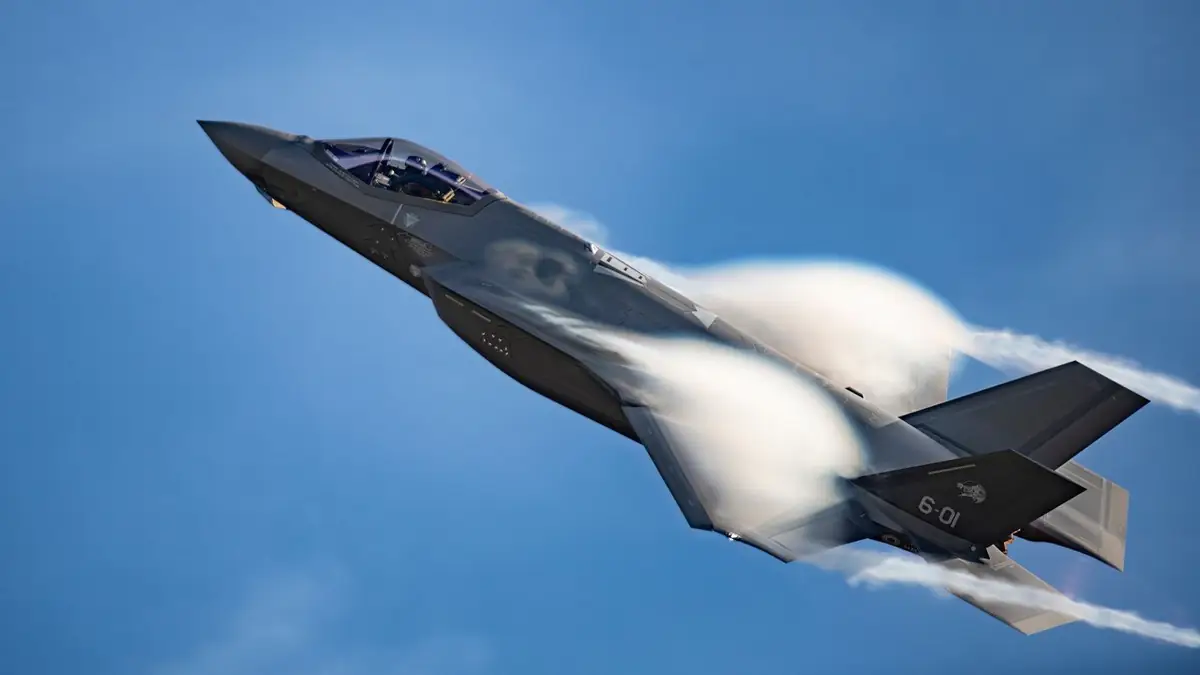
Earlier this month, Steve Parker, Boeing’s CEO for defense and space, publicly disputed the notion that the U.S. industrial base cannot handle developing two projects simultaneously – namely the F-47 and the F/A-XX. After Northrop Grumman withdrew from the Air Force’s NGAD fighter competition in 2023, it remained the sole contender for the F/A-XX program and has been pushing to stay involved. Lockheed Martin was excluded from the Navy competition in March.
Despite this, the F/A-XX program has been in limbo for several months. The contract for the Navy fighter was initially expected to be announced shortly after news about the F-47, but that did not happen. According to Bloomberg News, citing budget documents, the Pentagon is reallocating $500 million from the F/A-XX program to the F-47, highlighting the challenges within the industrial base.
“Today, our primary goal is to provide fighters with the necessary tactical aviation capabilities as quickly as possible,” a senior Pentagon official said when asked whether a carrier-based version of the F-47 is being considered. He emphasized that timely execution of these programs is the top priority.
While the F-47 and F/A-XX are expected to perform similar roles, including acting as an “air quarterback” for unmanned systems, the core requirements for land-based and carrier-based aircraft differ significantly. A clear example is the F-35, where only about 20% of components are shared across the land-based, carrier, and short takeoff/vertical landing variants. Last year, Aviation Week reported that the Navy continues to develop the F/A-XX independently of the Air Force’s Next Generation Air Dominance program, which led to the F-47 fighter.
The proposed budget also includes a reduction in F-35 purchases – from 74 to 47 aircraft – according to a senior military official, though details on specific variants were not provided. Earlier reports indicated that the cut primarily affects the F-35A model for the Air Force. The decision aims to maintain a minimal production rate while increasing funding for Block 4 upgrades and investing roughly \$1 billion in spare parts to address maintenance and readiness challenges.
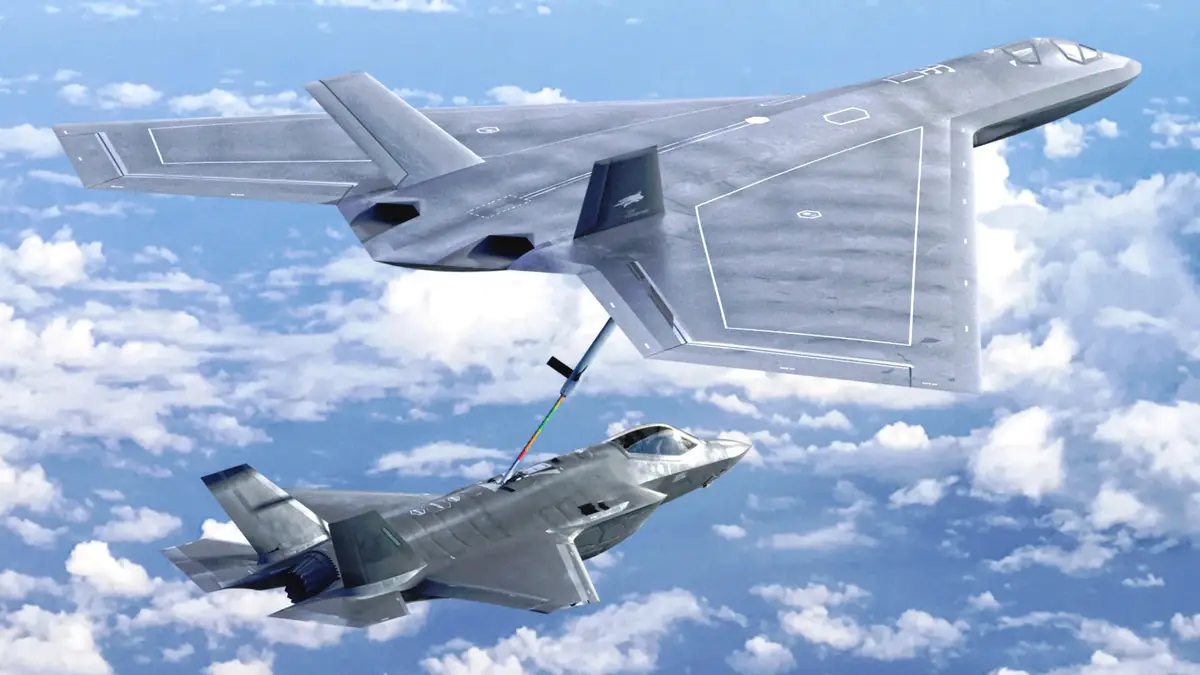
The Block 4 upgrade promises significant improvements for all F-35 variants, including a new radar, enhanced electronic warfare capabilities, and expanded weapons options. However, the project has faced delays and rising costs. To support the Block 4 updates, an additional modernization effort called Technology Refresh 3 (TR-3) is required, but its development has encountered difficulties. Due to issues with TR-3, the U.S. military halted acceptance of new F-35 aircraft for roughly a year. Since May, Lockheed Martin has publicly stated that TR-3 development is complete, although as of early this month, there has been no official confirmation from the military.
A shortage of spare parts, along with other maintenance and logistics issues, has been a longstanding problem for the F-35 program. These challenges have contributed to consistently low readiness levels across the U.S. fleet of these aircraft. TWZ has covered this topic in more detail in previous reports.
The 2026 budget request includes $3 billion to purchase additional F-15EX Eagle II fighters for the Air Force, increasing the fleet from 98 to 129 aircraft. Additionally, $870 million is requested to support the Collaborative Combat Aircraft (CCA) program, which continues work on initial prototypes from General Atomics (YFQ-42A) and Anduril (YFQ-44A), as well as advancing operational concepts.
It’s important to note that any annual Pentagon budget proposal must be approved by Congress, which frequently modifies defense spending plans, including funding for key weapons programs. In the past, the F/A-XX program’s funding has faced multiple threats due to legislative interventions.
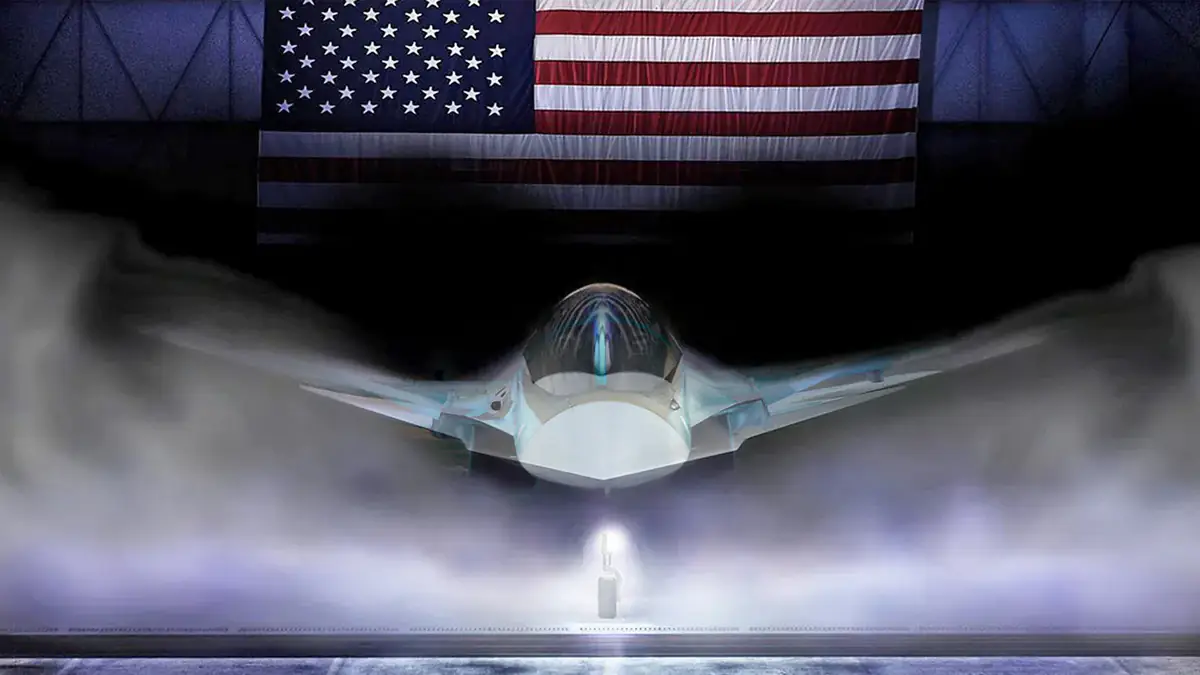
Lockheed Martin has proposed a modernization concept for the F-35’s main airframe, referred to as “Ferrari” or “NASCAR,” aiming to achieve up to 80% of sixth-generation capabilities at half the cost. This approach could help mitigate delays in developing the F-47 and F/A-XX programs.
The Pentagon maintains that the idea of developing sixth-generation fighter jets for the Navy has not been abandoned, although the primary focus is currently on the F-47. “The department is focused on sixth-generation capabilities – that is our direction,” a senior official said during a briefing. He emphasized that while the F-47 is the main program at present, sixth-generation development as a whole remains the ultimate goal.
At this stage, the F-47 and Boeing are seen as the primary winners among next-generation tactical aviation projects in the Pentagon’s latest 2026 fiscal year budget.
Source: TWZ


